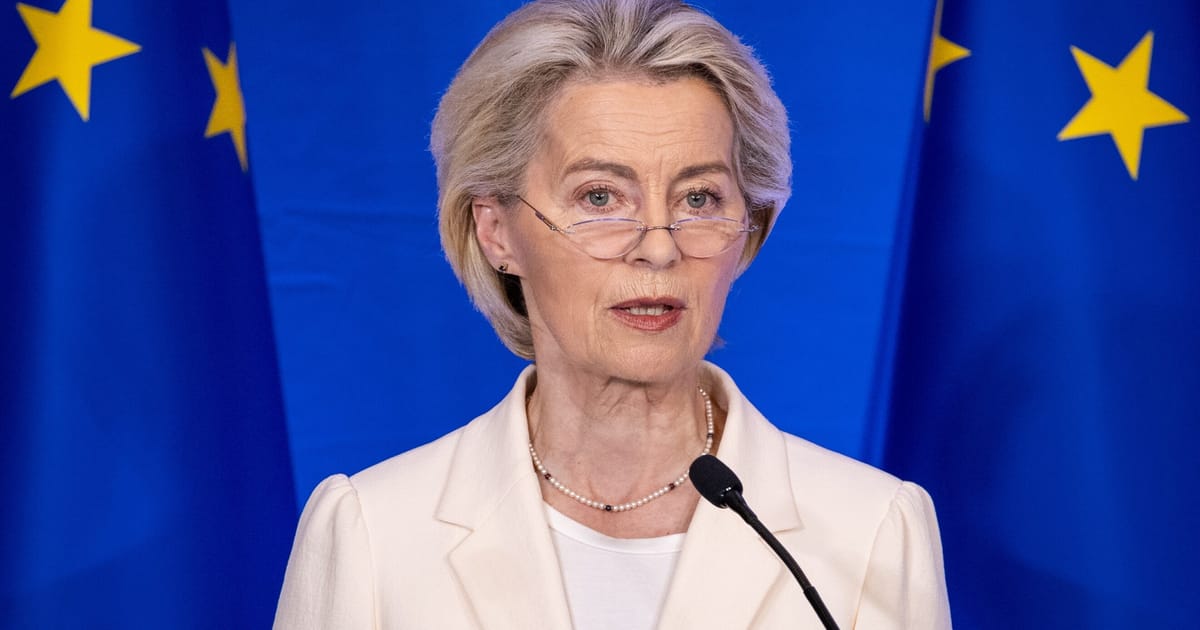

In today’s interconnected global landscape, trade agreements and economic shifts are vital components that shape the future of industries and markets. Recent developments in the United States and European Union (EU) trade landscape, combined with significant changes in the rail industry and economic trends, offer a fascinating insight into the evolving nature of global commerce.
Recently, the EU finds itself in intricate discussions with the United States over a trade agreement. Despite mutual intentions of cooperation, specific details regarding the agreement remain in contention, challenging both Washington and Brussels. This lack of clarity has led to increased scrutiny and speculation over the deal’s implications, affecting various sectors differently. Notably, while several EU exports face a 15% tariff under this proposed agreement, industries like automotive, aviation, and semiconductors have been spared from the most stringent measures. This selective economic strategy highlights the nuanced terrain of international trade where sectors experience disparate impacts based on broader geopolitical considerations.
In a parallel development, the American rail industry is on the brink of a transformative merger. Union Pacific is seeking to acquire Norfolk Southern in a monumental $85 billion deal. If successful, this merger would pave the way for the first transcontinental railroad in the United States, combining Union Pacific’s western network with Norfolk Southern’s eastern presence. Such a merger could initiate a wave of similar consolidations within the rail industry, influencing the future of freight and logistics across the country. The impact of this merger is poised to redefine connectivity and efficiency in the sector, potentially spurring economic growth and providing a boost to related industries.
The economic landscape is further influenced by changes in export and import dynamics. The latest data reveals a 1.3% decline in export activities, marking the first drop in over a year. Conversely, imports have increased by 1.9% during the same period. This shift suggests evolving consumption patterns and demand, necessitating strategic adjustments by market participants.
Additionally, the Banco de Portugal has announced plans to strengthen its investment portfolio significantly. By allocating €450 million over two and a half years, the bank aims to diversify through exchange-traded funds (ETFs) that mimic index compositions. This move reflects a strategic initiative to navigate the complexities of a changing market landscape and secure promising returns through diversified equities.
As these developments unfold, stakeholders across various industries continue to adapt to geopolitical shifts, economic indicators, and market trends. Together, these elements paint a complex yet exciting picture of the global market’s trajectory. By understanding these factors, businesses and policymakers can better navigate the intricate web of international trade and economic policy, ultimately fostering a stable and resilient economic environment.
Source: {link}
